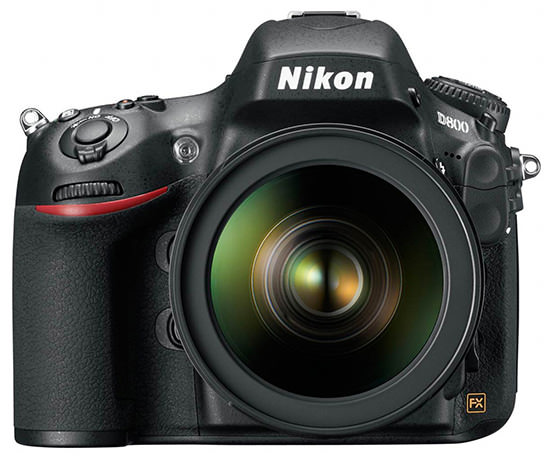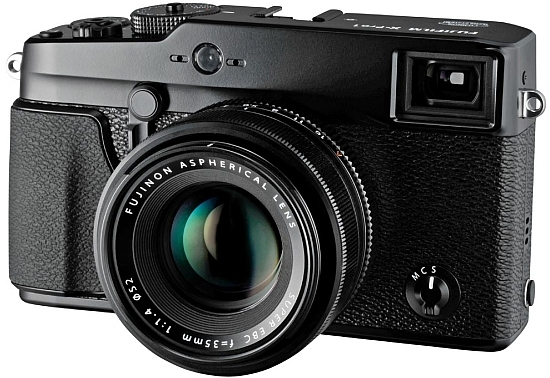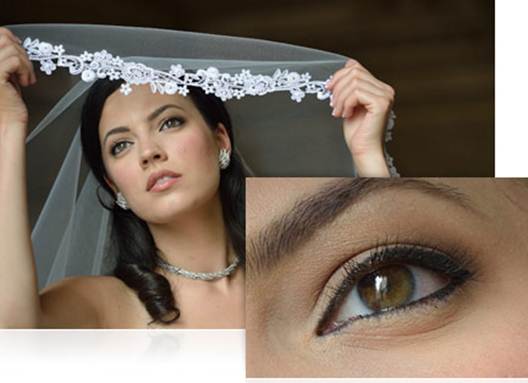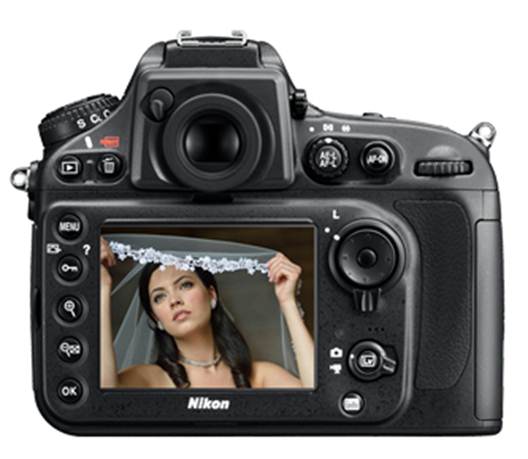Two ground-breaking cameras are emulating
the random pattern of film grain in a digital sensor for ultimate sharpness and
clarity.
Just when we thought the megapixel race had
calmed down, Nikon blew the market wide open again recently with its D800, a
staggering 36.3-megapixel full-frame beast that looks set to rival or even
better medium format in a DSLR body. But even more interesting was its
simultaneous announcement of the D800E, a 'special edition' of the
aforementioned camera that included an astounding additional feature - or, more
correctly, a lack of one.
Nikon D800 DSLR
Fujifilm wasn't about to let Nikon have all
the fun, though. It, too, had incorporated the same technology into its new
high-end interchangeable lens system camera, the X-Pro 1. So what is this
incredible new feature? It is, bizarrely, the removal of a component that
already exists in virtually every digital camera - an optical low-pass, or
anti-aliasing, filter (OLPF). By shedding this tiny part, both manufacturers
claim their cameras can deliver extraordinary sharpness and clarity.
In order to leverage the power of this
technology, Fujifilm created a brand-new filter, the X-Trans CMOS, that the
company claims: “Is capable of delivering resolution that is parallel, if not
superior, to a full-frame sensor."

The completely new Fujifilm X-Trans CMOS
Fujifilm’s new colour filter array paves
the way for an ideal sensor that does not need an optical low-pass filter
(OLPF). While the OLPF is indispensable for the reduction of moiré and false
colour generated by conventional sensors, it also degrades resolution. The
results were inspired by the random patterns of fine film grain, a medium that
never needed those filters in the first place.
But what does this mean for image quality?
Well, a good example can be found in architectural photography. Straight lines
and repeating patterns can cause serious issues for camera sensors and if an area
of repetitive detail exceeds the resolution of the camera, a 'moiré' pattern
appears. This is a wavy or maze-like pattern that is unappealing and
inaccurate, so the low-pass filters eliminate it - but at the expense of image
sharpness. Moiré can also be produced when photographing textiles or fine
pieces of hair.
Equally important is the issue of 'false
colour'. Colour that is not present in the object itself, or introduced into
the shot by the set lighting is known as false colour. This, like moiré, can be
introduced into an image as an artefact that will detract from the overall
image if not corrected. False colour can be introduced with the moiré pattern
or on its own. These anomalies can be removed in post-processing but this can
prove both difficult and time-consuming, so in-camera correction is always
preferable - hence the inclusion of the OLPF.
Nikon's D800E doesn't eliminate an optical
filter entirely, but it does remove the anti-aliasing properties that correct
the issues above. Nikon claims this provides "absolute definition"
for those who seek it and will produce the sharpest images possible “for
photographers who can control light, distance and their subject to the degree
where they can mitigate the increased risk of moiré and false colour.”
The trade-off for this increased resolution
and sharpness, then, is a picture that is potentially ruined by wavy patterns
and inaccurate colours. As a result, the D800E certainly isn't for everyone.
Even Nikon accepts this, stating that: “for the vast majority of photographers
who shoot a wide variety of subjects, shoot handheld as well as with a tripod,
use a selection of lenses and shoot at all aperture settings, the D800 and its
36.3MP using the OLPF will be the ideal choice.”

Wedding,
commercial or landscape, the D800 is the ultimate 36.3
So who, exactly, would want or need a
camera with the OLPF removed? The answer is likely to be the photographer who
has used medium or large format digital cameras as these already have no OLPF.
Nikon is clearly attacking this market, targeting those who may demand a
medium-format level of image quality but with a much smaller body costing a
third of the price. These photographers are likely to shoot studio, commercial,
landscapes and still-life subjects and will already have a working
understanding of the added workflow needed to counteract or correct for moiré
and false colour. They may also understand that extra time will be needed In
the creation of each image, whether it involves solving any issues of the above
during the shooting process, in processing the RAW Image files, or using
software to fix images in post-processing.

Simultaneous
Live View on the camera's LCD monitor